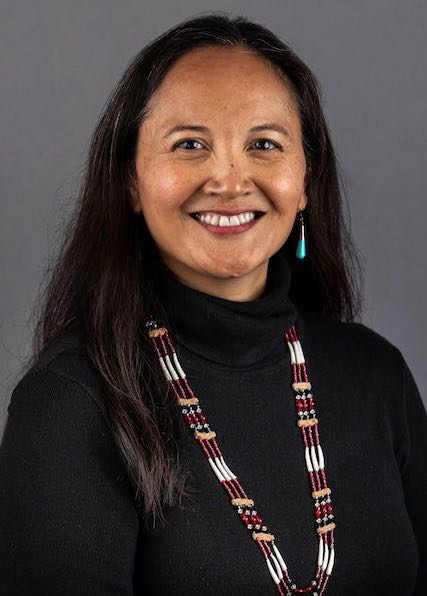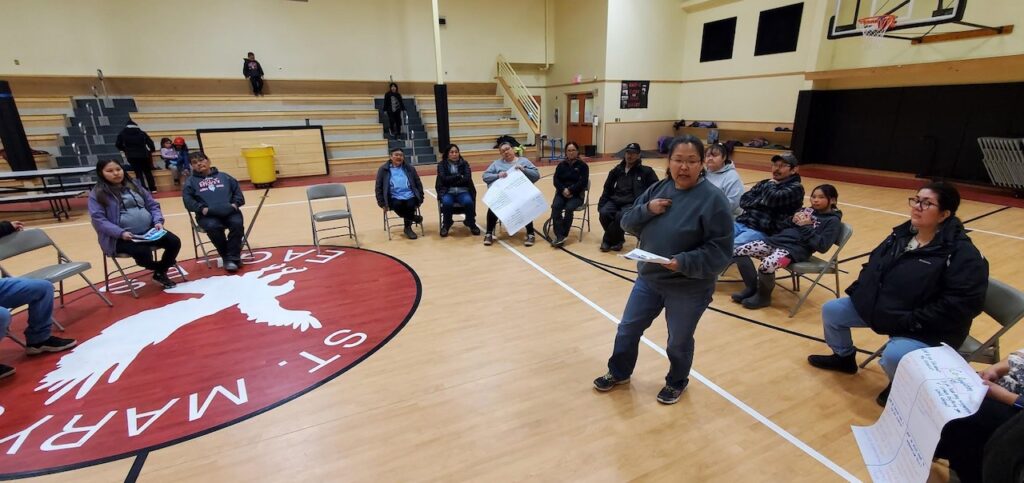Starting the School Year off Strong with Families

Lisa Worl, Partnership Coordinator
How does family engagement impact learning?
Family engagement in a child’s education is the most accurate predictor of student achievement regardless of family income or socioeconomic status. Research shows that when families are actively involved in their child’s education, the child has higher academic achievement, better attendance, higher graduation, and improved social skills and behavior[1].
Creating Family Engagement tools and resources for our districts
As schools start back, many districts are considering their family engagement approaches. How do we build relationships? How do we build staff capacity for family engagement? How do we link families to learning?
In the past year, many districts have joined the Alaska Family Engagement Center or requested training, tools, or coaching on family engagement from the Association of Alaska School Boards (AASB).
AASB often encourages school districts to use the research-based framework, Stronger Together: The Power of School and Family Partnership in Alaska. Using a family engagement scanning tool and school climate data, schools can better understand and improve upon their family engagement work.

AASB has also been working with families within three districts, and 4 communities, to answer:
- “What helped you and your child succeed in school?”
- “How can we bring community knowledge into our learning?”
- “What can families and schools do together to support learning; at home and at school?”
- What resources do you need to support your child in schools?
Families shared that they would participate more if they had strong relationships with school staff and if they knew ways to help their child learn at home and at school.
Families requested more family-inclusive lesson planning, support for families to help their child’s social emotional learning and tools to navigate grief and loss.
In response, AASB worked with families and educators to develop tools that can be used to achieve these goals. Tools such as a relationship tracking tool, scripts, family orientation, and family extension activities can be accessed here.
AASB will offer coaching and support to use these materials this fall and continue to refine resources that AASB members can use to build strong relationships, embed a family partnership mindset, and link families to learning in meaningful ways.

School districts and school boards can take several steps to deepen their family engagement work:
- As a school board, and school administrator, you can examine how family partnership work is embedded in your strategic plan, what family engagement policies have been adopted, and better understand how family partnership is evaluated in the school district.
- School board and advisory school board members can help better understand needs of the families in their community.
- When you meet with families, use the opportunity to find out more about their child:
- What does your child enjoy at school and outside of school?
- What words would you use to describe your child?
- Do they have any challenges you’d like us to know about?
- What goals do you have for your child and where you would like them to be, by the end of the school year?
- More questions can be found here.
Highlights from districts
- On-going professional learning and coaching: Most educator training programs do not include family engagement training. Without consistent and on-going training and coaching for educators, families are likely to have inconsistent experiences within their school or district. Working with AASB or other organizations, districts have been scheduling on-going professional learning with school staff throughout the year. Others have hosted book studies or integrated family engagement work into their early release days.
- Wrap around supports: Some schools are using strategies for family engagement to assess which families may benefit from additional support – new families, kinder-families without preschool or Headstart experience. Many school districts are working closely with the tribes and organizations in their community to support families who may need assistance with transportation, mental health supports, childcare, etc.
- Start with school administrators: School administrators are one of the greatest determinants to whether a school has strong family and school partnerships. Some districts have been providing training and tools for school principals to share messaging about the importance of family engagement and how school staff can create clear roles for families to become involved in learning at school and at home.
- Build relationships intentionally: When teachers reach out to families before the start of the school year and work to establish, maintain or repair relationships they are more likely to work together as a team throughout the year. Some schools are working as a team to establish some example outreach scripts (phone script here) and tracking forms. This approach is helping to ensure that all families have an opportunity to build relationships with school staff. Other districts are creating informal opportunities for parents, elders, caregivers and staff to connect through coffee/tea time or other events in the community or in the school building.
Useful links
Who can help?
Reach out to Lisa Worl, Kendra Calhoun or Claudia Plesa to find out how to access more family partnership tools and training opportunities or share your family engagement success stories with us.
[1] Wood, L., & Bauman, E. (2017). How family,school, and community engagement canimprove student achievement and influenceschool reform: Literature review. AmericanInstitutes for Research and Nellie MaeFoundation; and Sheldon, S. B., & Jung, S. B.(2015). The Family Engagement PartnershipStudent Outcome Evaluation, Johns HopkinsUniversity School of Education.
* Funding for this work comes from the US Department of Education and Early Development, the Carnegie Corporation of New York, and the Reuben E Crossett Fund.
